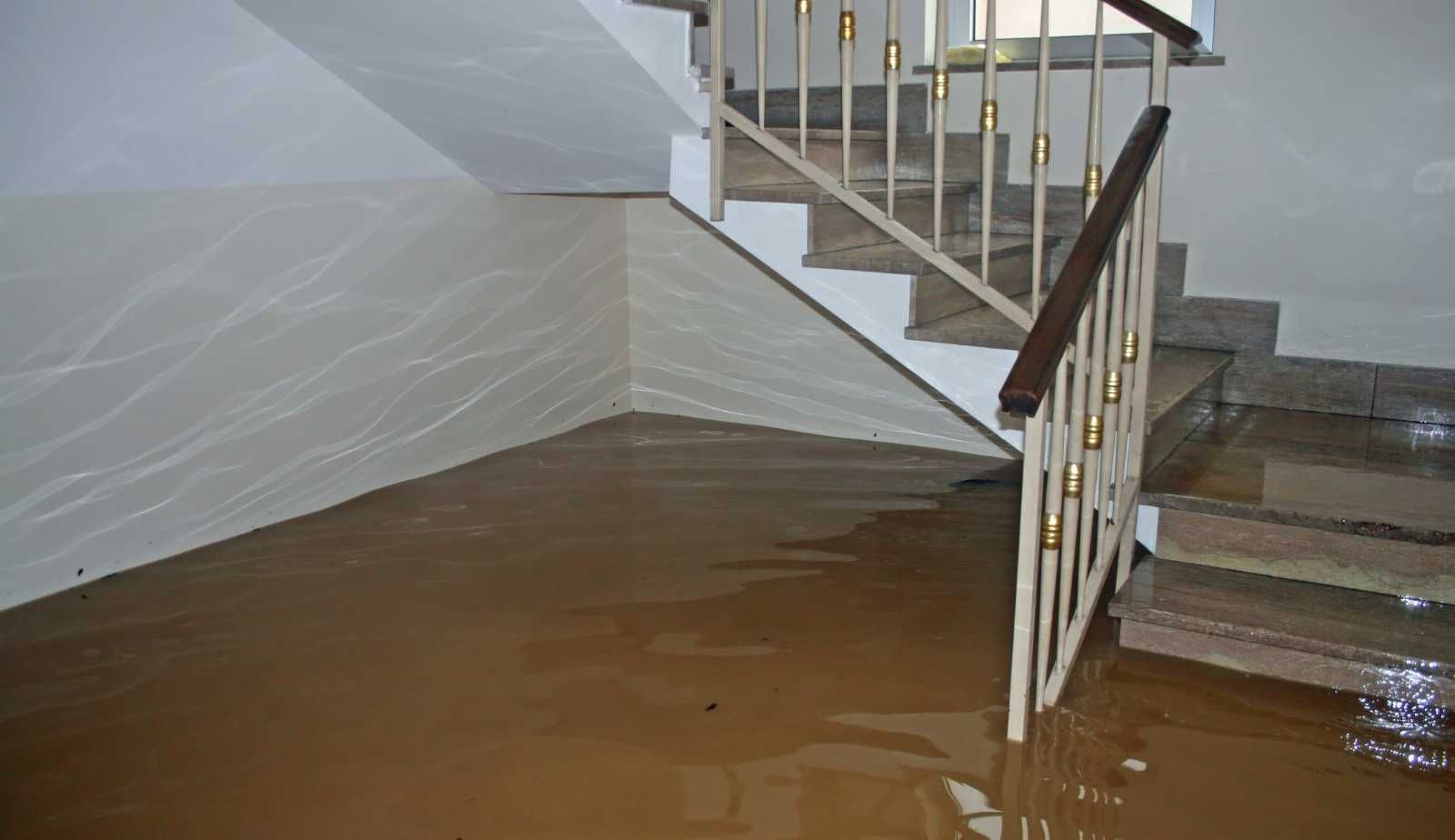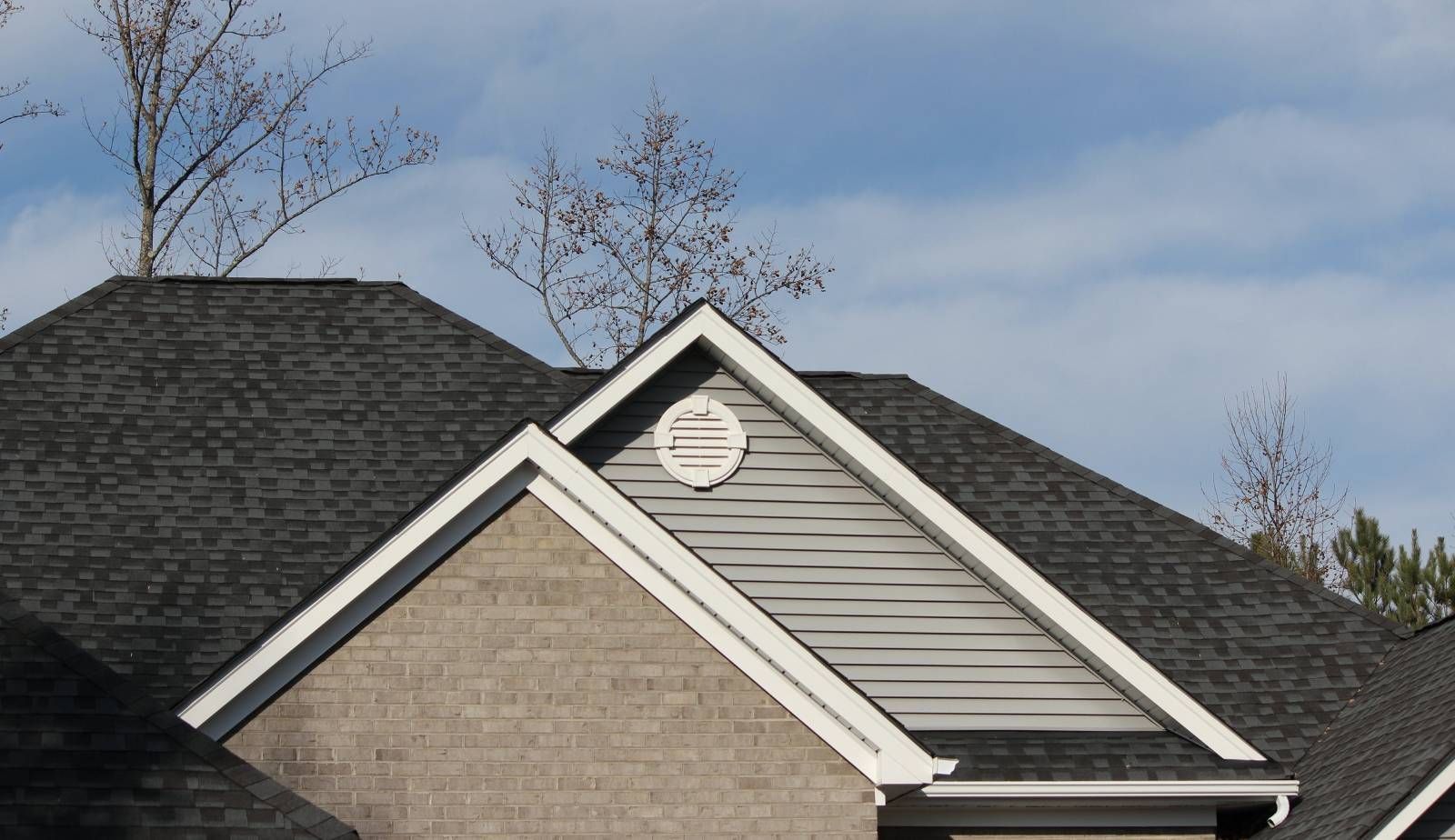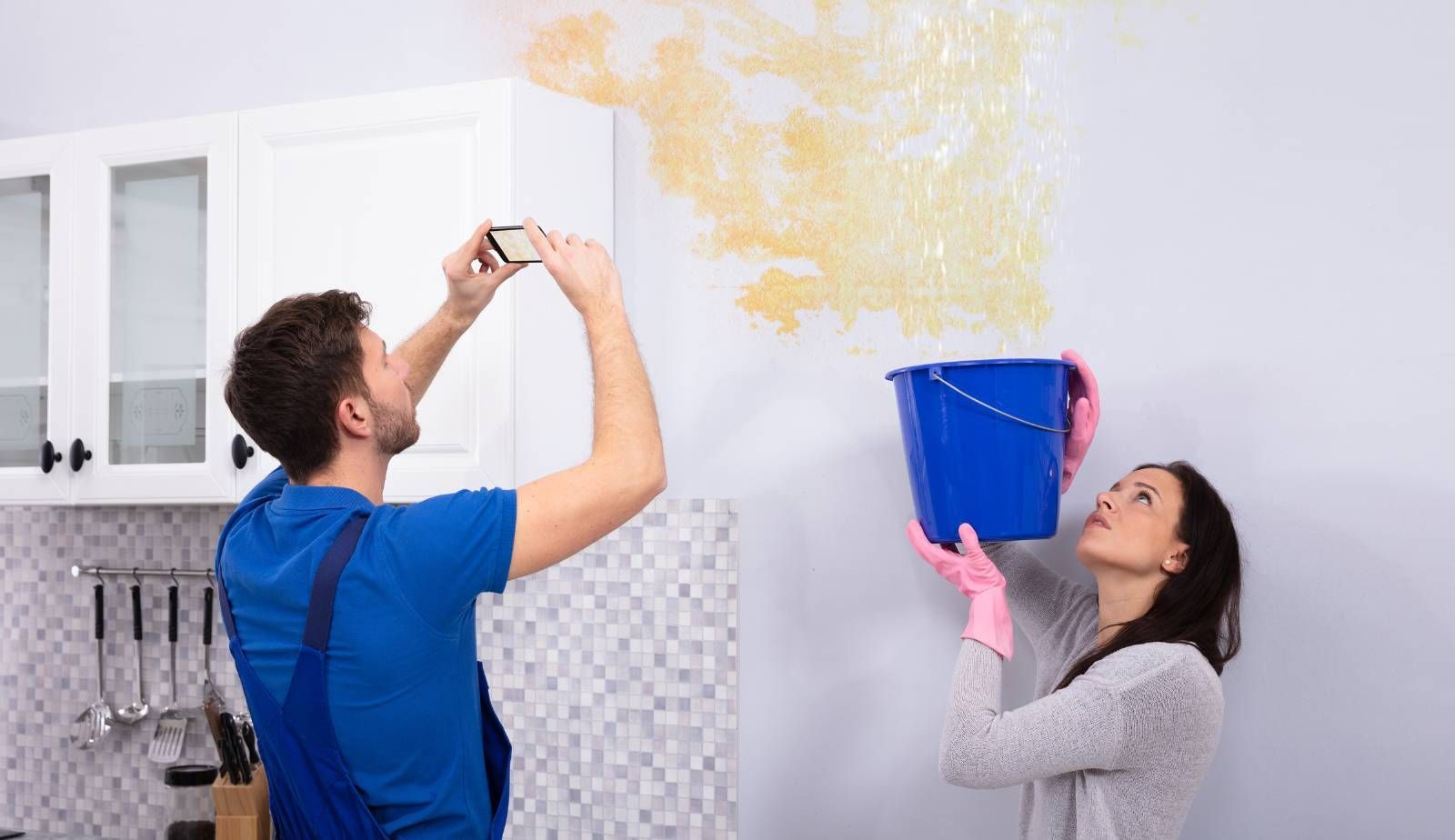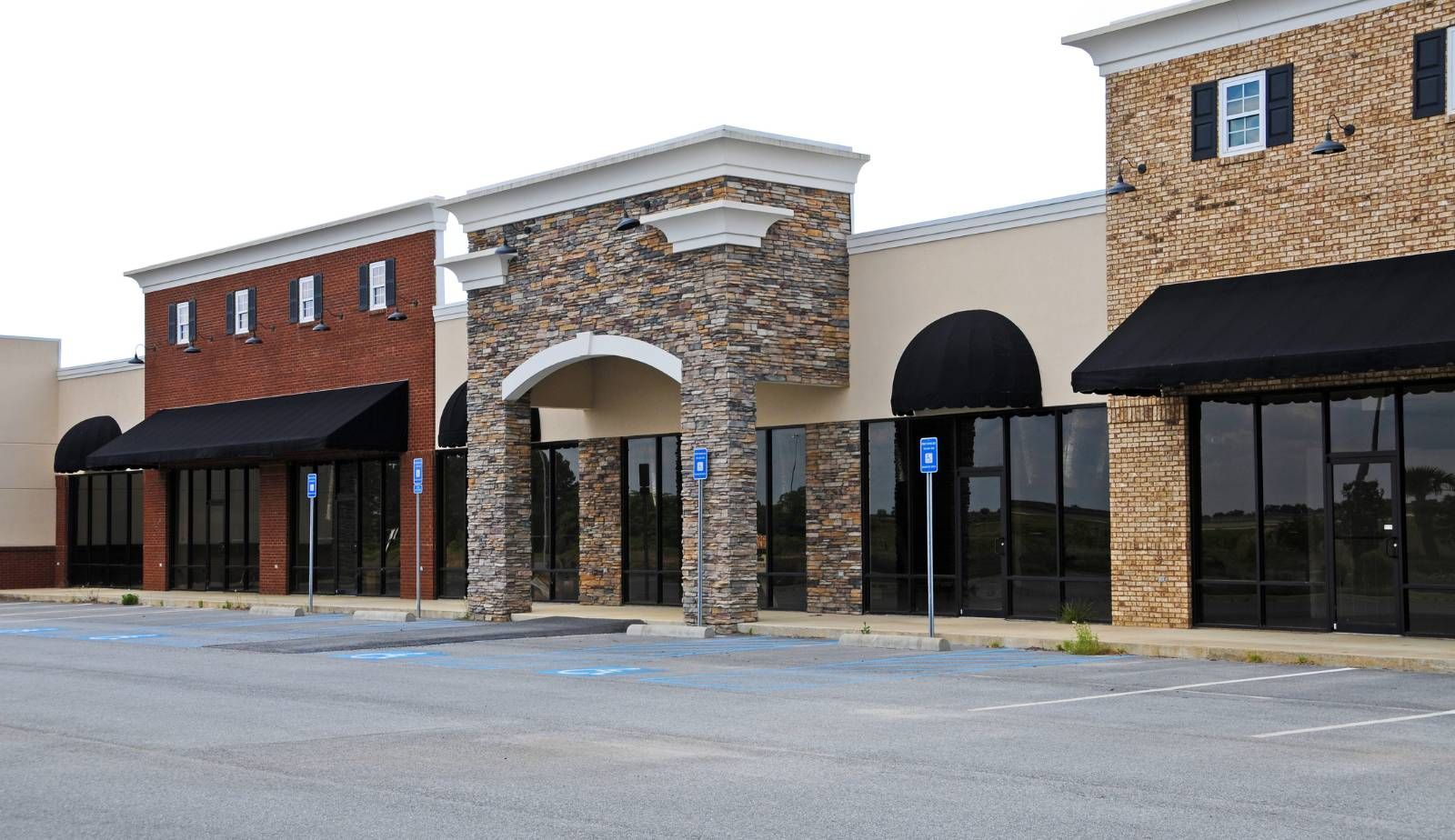The Impact of Water Damage on Indoor Air Quality in Louisiana: A Comprehensive Study
Water damage can have a significant impact on indoor air quality in Louisiana. The state is no stranger to severe weather events, which can cause water damage and dampness within homes and buildings. This can lead to the growth of mold and other harmful contaminants, which can negatively impact indoor air quality and pose health risks to those who inhabit these spaces.
Understanding the relationship between water damage and indoor air quality is crucial for homeowners, building managers, and anyone responsible for the health and safety of others. Poor indoor air quality can lead to a range of health issues, including respiratory problems, headaches, and fatigue. In extreme cases, exposure to certain contaminants can even be life-threatening. By taking steps to prevent and mitigate water damage, individuals can help maintain healthy indoor air quality and prevent these negative outcomes.
Key Takeaways
- Water damage can have a significant impact on indoor air quality in Louisiana, which is no stranger to severe weather events that can cause water damage and dampness within homes and buildings.
- Poor indoor air quality can lead to a range of health issues, including respiratory problems, headaches, and fatigue, and can even be life-threatening in extreme cases.
- By taking steps to prevent and mitigate water damage, individuals can help maintain healthy indoor air quality and prevent these negative outcomes.

Understanding Indoor Air Quality and Water Damage
Water damage can have a significant impact on indoor air quality, posing a threat to the health and well-being of building occupants. Understanding the fundamentals of indoor air quality, common sources of water damage, and the effects of water damage on indoor environments is crucial for safeguarding the health of building occupants.
Fundamentals of Indoor Air Quality
Indoor air quality refers to the quality of the air inside buildings and other structures. It is affected by several factors, including indoor and outdoor air pollution, ventilation, and temperature. Contaminants in indoor air can cause a range of health problems, including respiratory issues, headaches, and fatigue.
Common Sources of Water Damage
Water damage can occur due to several reasons, including natural disasters, plumbing leaks, and poor ventilation. Common sources of water damage include floods, leaks from roofs or pipes, and condensation. Moisture can accumulate in buildings and create an environment that is conducive to mold growth, which can further impact indoor air quality.
Effects of Water Damage on Indoor Environments
Water damage can have several negative effects on indoor environments. It can damage building materials, such as drywall and insulation, and lead to structural decay. Water damage can also cause mold growth, which can release spores into the air and further impact indoor air quality. Exposure to mold can cause a range of health problems, including respiratory issues, allergic reactions, and skin irritation.
Water damage can have a significant impact on indoor air quality, posing a threat to the health and well-being of building occupants. Understanding the fundamentals of indoor air quality, common sources of water damage, and the effects of water damage on indoor environments is crucial for safeguarding the health of building occupants.
Health Implications of Poor Air Quality
Water damage in buildings can lead to poor indoor air quality, which can have a significant impact on human health. Exposure to indoor air pollutants can cause a range of health problems, including respiratory problems, allergies, and long-term health risks.
Respiratory Problems and Allergies
Water damage can create an environment that promotes the growth of bacteria and allergens, which can cause respiratory problems and allergies. According to the American Lung Association, exposure to indoor air pollutants can cause irritation of the eyes, nose, and throat, as well as headaches, dizziness, and fatigue. In addition, exposure to mold, which can grow in damp environments, can cause allergic reactions and asthma symptoms.
Long-Term Health Risks
Exposure to indoor air pollutants can also have long-term health risks. For example, exposure to radon, a colorless and odorless gas that can seep into buildings through cracks in the foundation, can increase the risk of lung cancer over time. In addition, exposure to asbestos, which can be found in some building materials, can increase the risk of lung cancer and mesothelioma.
To minimize the health risks associated with poor indoor air quality, it is important to address water damage promptly and to take steps to improve indoor air quality. This may include repairing leaks, improving ventilation, and using air cleaners and purifiers to remove pollutants from the air.
Poor indoor air quality can have a significant impact on human health, and it is important to take steps to ensure that indoor environments are safe and healthy for occupants.

Mitigation and Prevention Strategies
Water damage can lead to a variety of indoor air quality problems in Louisiana homes. However, there are several mitigation and prevention strategies that homeowners can use to minimize the impact of water damage on indoor air quality.
Moisture Control and Remediation
Moisture control is a crucial step in preventing water damage and mold growth. Homeowners should regularly inspect their homes for signs of water damage, such as leaks or standing water. If any signs of water damage are present, homeowners should take immediate action to address the issue.
Remediation is the process of removing and cleaning up mold and other contaminants that have resulted from water damage. Homeowners should hire a professional remediation company to ensure that the remediation process is done correctly and safely.
Improving Ventilation and Air Filtration
Improving ventilation and air filtration can help to improve indoor air quality by removing contaminants from the air. Homeowners can improve ventilation by opening windows and doors, using exhaust fans, and installing ventilation systems. Air filtration can be improved by using air purifiers and high-quality air filters.
Building and Weatherizing for Better Air Quality
Building and weatherizing for better air quality involves using materials and techniques that minimize the impact of water damage on indoor air quality. Homeowners should use materials that are resistant to water damage, such as concrete or tile, in areas that are prone to water damage. Weatherizing the home can also help to prevent water damage by sealing gaps and cracks that can allow water to enter the home.
Prevention, mitigation, and remediation are essential strategies for maintaining good indoor air quality in Louisiana homes. Homeowners should take proactive steps to prevent water damage and address any issues that arise promptly. By doing so, they can minimize the impact of water damage on indoor air quality and keep their homes safe and healthy.

Professional Assessment and Restoration Services
The Role of Industry Professionals
When it comes to addressing water damage and its impact on indoor air quality, it's important to seek out the services of industry professionals. These professionals have the necessary expertise, equipment, and training to assess the extent of the damage, identify potential health hazards, and develop a comprehensive restoration plan.
Professional restoration services can help to mitigate the risks associated with water damage, including mold growth, structural damage, and poor indoor air quality. They can also help to prevent further damage and ensure that the restoration process is completed in a timely and effective manner.
Standards and Protocols for Water Damage Restoration
The Environmental Protection Agency (EPA) and the Louisiana Department of Environmental Quality (DEQ) have established standards and protocols for water damage restoration. These standards help to ensure that restoration services are performed safely and effectively, and that the health and safety of building occupants are protected.
Industry professionals are trained to adhere to these standards and protocols, and they use specialized equipment and techniques to address water damage and its impact on indoor air quality. This includes the use of air filtration devices, dehumidifiers, and other equipment to remove excess moisture and prevent mold growth.
Seeking out professional restoration services is essential for addressing water damage and its impact on indoor air quality. These services are performed in accordance with established standards and protocols, and they help to ensure that the restoration process is completed safely and effectively.
Regulatory Framework and Community Education
Government Guidelines and Public Health Policies
The federal government has established guidelines and policies to regulate indoor air quality (IAQ) in public buildings, including schools and other government facilities. The Environmental Protection Agency (EPA) has set standards for IAQ in schools, which include guidelines for ventilation, temperature, and humidity levels. These guidelines are designed to protect the health and well-being of students, teachers, and staff.
In Louisiana, the Department of Health and Hospitals (DHH) has established guidelines for IAQ in public buildings. These guidelines include recommendations for preventing water damage and mold growth, which can have a significant impact on IAQ. The DHH also provides resources and information to help building owners and managers maintain healthy indoor environments.
Educating Communities on Indoor Air Quality
Education is an essential component of improving IAQ in Louisiana. Building owners, managers, and residents must be aware of the risks associated with poor IAQ, including the health effects of exposure to mold, dust, and other contaminants. Community education programs can help raise awareness of these risks and provide information on how to prevent and mitigate IAQ problems.
The Louisiana Department of Environmental Quality (DEQ) provides resources and information on IAQ to the public. These resources include information on common IAQ problems, such as mold and moisture, and guidance on how to prevent and address these problems. The DEQ also offers training and education programs for building owners and managers, as well as resources for residents who are concerned about IAQ in their homes.
Regulatory frameworks and community education are critical components of improving IAQ in Louisiana. By establishing guidelines and policies for IAQ in public buildings and educating communities on the risks associated with poor IAQ, Louisiana can create healthier indoor environments for its residents.

Frequently Asked Questions
How does mold growth resulting from water damage affect health in homes?
Mold growth resulting from water damage can cause a range of health problems, such as respiratory issues, allergic reactions, and asthma attacks. Mold spores can enter the air and spread throughout the home, leading to indoor air quality issues. Individuals with weakened immune systems, allergies, or asthma are particularly vulnerable to the health effects of mold exposure.
What are the legal requirements for addressing mold in residential properties in Louisiana?
In Louisiana, there are no specific state laws that address mold in residential properties. However, the Louisiana State Sanitary Code requires that landlords maintain their properties in a safe and habitable condition. This includes addressing any water damage or mold growth that may affect indoor air quality. Additionally, homeowners may be required to disclose any known mold issues when selling their property.
In what ways can water damage from natural disasters compromise indoor air quality?
Water damage from natural disasters, such as flooding or hurricanes, can compromise indoor air quality in several ways. When water enters a home, it can create an environment that promotes mold growth and bacterial contamination. Additionally, floodwaters can contain a range of hazardous materials, including sewage, chemicals, and debris, which can contaminate indoor air and pose serious health risks.
What steps should homeowners take to prevent water damage-related air quality issues?
Homeowners can take several steps to prevent water damage-related air quality issues. It is important to address any water leaks or damage as soon as possible to prevent mold growth and bacterial contamination. Regular maintenance of HVAC systems and dehumidifiers can also help to maintain indoor air quality. Additionally, homeowners should ensure that their home is properly ventilated to promote good air circulation.
How does humidity control help in maintaining indoor air quality after water damage?
Humidity control is an important factor in maintaining indoor air quality after water damage. High humidity levels can promote mold growth and bacterial contamination, while low humidity levels can cause dry skin, respiratory irritation, and other health problems. Maintaining proper humidity levels can help to prevent these issues and promote good indoor air quality.
What are common indicators of indoor air quality problems following water damage?
Common indicators of indoor air quality problems following water damage include musty odors, visible mold growth, respiratory irritation, and allergic reactions. Additionally, homeowners may notice an increase in dust or other airborne particles. If any of these issues are present, it is important to address them promptly to prevent further damage to indoor air quality.
You might also like
DryMax Restoration Blogs




